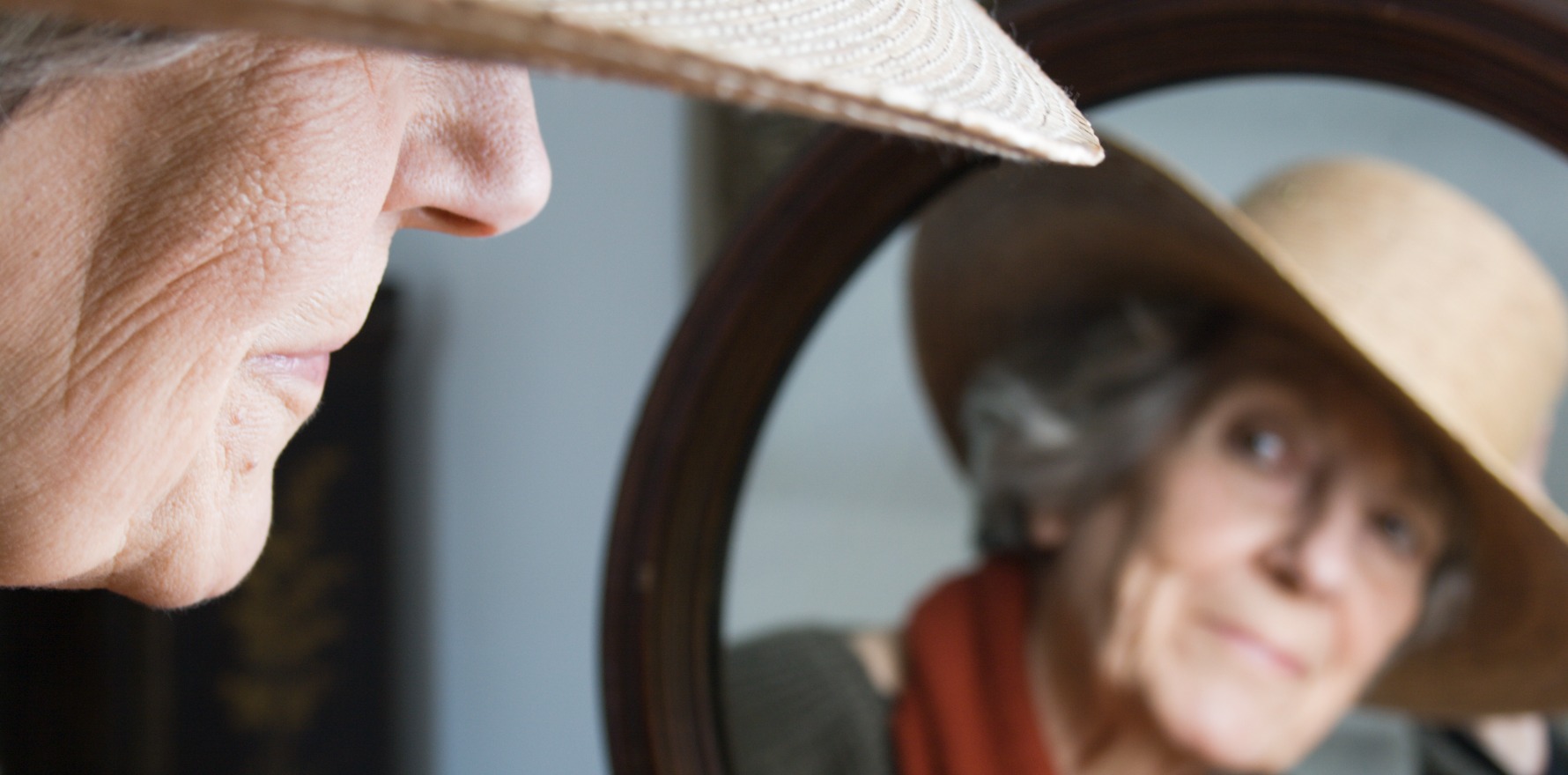We can’t wait another 25 years to get management right. There’s more to it than just preparing GPs.
Universe and good health willing, in 2054 I will celebrate my 84th birthday.
My youngest son will turn 54, and beloved juggernaut Taylor Swift will no doubt still be in her prime at 65, playing sellout shows around the world.
Our present Health Minister Mark Butler will also be turning 84 (we were born just 20 days apart, I have discovered) and our Prime Minister Anthony Albanese will be a nonagenarian at 91 years old.
Thirty years. It seems like a long time. Doesn’t seem so long when you break it down to 10,920 days (give or take a few leap years), or a whisker over 2.62 million hours.
Either way, by 2054, if I am still here, I will be in the dementia danger zone. And in 2054 I will have almost double the chance of it getting it than if I was in the danger zone today.
Modelling released by the National Centre for Monitoring Dementia (NCMD) at the Australian Institute of Health and Welfare predicted the number of Australians living with dementia would increase from 421,000 in 2024 to 812,500 by 2054 – a rise of 93%.
I might be a bit luckier than that if I am still living in NSW – it is one of three states tipped to buck the trend. NSW is set to see a 79% increase in diagnoses, South Australia a 59% increase and Tasmania 52%. Western Australia will see the highest growth at 109%, according to the data, followed by the Northern Territory at 106%, the Australia Capital Territory at 104%, Queensland at 100% and Victoria at 96%.
Living on the northern beaches of Sydney might not work in my favour, however – the modelling drills deeply down into Australian local government areas, providing estimates on the change in dementia prevalence between 2024 and 2054. According to this the prevalence in my LGA will rise by 83%.
Related
It’s important to remember that this is modelling, but isn’t modelling something bureaucrats use when deciding where and how to spend our tax dollars? It’s also important to remember that these figures – while shocking – should not come as a surprise.
“The numbers may look alarming, but we’ve known this for at least a quarter of a century,” Dementia Australia’s Honorary Medical Advisor Associate Professor Michael Woodward told The Medical Republic.
“There is still a need to be prepared for the tsunami of people with Alzheimer’s and other dementias.
“And it’s more than just getting GPs prepared. We need our society to be prepared, we need our aged care services to be prepared. We need to train more carers, more workers. We need to train the whole of society to destigmatise dementia.”
He said GPs would need more training and support to cope with the impending “tsunami” of cases. He touched on the need for more specialised “dementia care nurses” to support the GPs, who can expect to see at least double the number of Australians living with dementia as they do today.
And he points out that diagnostics are getting better. There are PET scans and soon blood tests and a myriad of treatments under research.
So, the modelling doesn’t consider any medical breakthroughs that might stem the rise of dementia in Australia and provide treatment to those living with it.
But we can’t depend on that.
Sure, the GPs will need all the help and training and support we can give them, but we are fast running out of time to build an appropriately scaled and funded acute care and hospital system that can cope with the tsunami when it comes.
While I count my blessings every day that I have not had direct family experience with dementia, I have seen many dear friends care for loved ones, face the massive challenges of accessing residential care and hospital care when necessary, often advocating and sometimes fighting hard for equitable access to that care.
I have seen the heartbreak of a friend when their family member has been turned away from hospital care simply because their cognitive impairment makes them too complex, and of the desperate measures they have had to take like camping out in in a cramped hospital ward day and night just to ensure their family member is safe in their bed and not at risk of a fall or going missing in the night.
I’ve heard stories that inspire me too.
Like the hospitals that, tired of waiting for funding or anything concrete like a dementia care framework in acute settings like hospitals, have taken their own steps to try and keep patients not only safe, but comfortable.
One hospital has set up a bus stop and a train station in the hall with a handmade sign, because it offers wandering patients a place they feel they can stop and sit. Secure courtyards have been built with gardens, quiet spaces and dementia-friendly design principles. Simple, thoughtful things that have made a massive difference.
There is a growing body of evidence to support the importance of secure, dementia-friendly hospital wards and acute care facilities.
So why doesn’t every hospital already have them or at least be working towards having them? Why are we getting all these shiny new hospitals without dementia-friendly facilities right now?
We have been talking about this tsunami for 25 years already. The clock has been ticking and is getting louder. We can’t wait another 25 years before we start thinking about making Australia more dementia friendly, especially when it comes to acute care and hospital settings.
Australia has an enviable international reputation as an innovative nation, especially when it comes to life-changing medicines and health solutions. Think about the electronic pacemaker (1926), the ultrasound (1961), multi-channel cochlear implants (1970s) and the globally significant HPV vaccine (1991).
We have the ability to create a system to provide those 812,500 Australians living with dementia in 2024 with the acute care they deserve.
We just need the political and bureaucratic will. And if you are thinking we have plenty of time, just take a moment to contemplate where you will be in 2054 and how you hope to be living your life, especially if it includes a dementia diagnosis.





